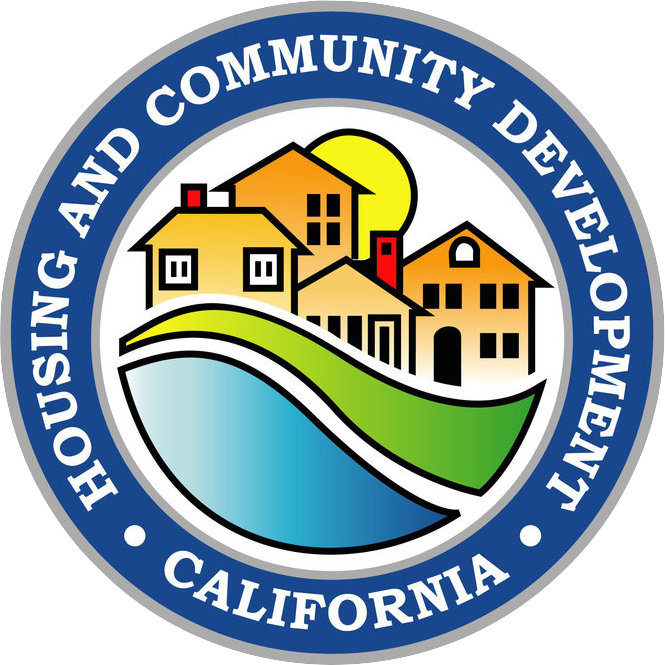Farmworkers
Farmworkers are traditionally defined as people whose primary incomes are earned through permanent or seasonal agricultural labor. Farmworkers are generally considered to have special housing needs due to their limited income and the often unstable nature of their employment. In addition, farmworker households tend to have high rates of poverty, live disproportionately in housing that is in the poorest condition, have extremely high rates of overcrowding, and have low homeownership rates.

Special needs are those associated with specific demographic or occupational groups that call for specific program responses, such as preservation of single-room occupancy hotels or the development of units with larger bedroom counts. The statute specifically requires analysis of the special housing needs of people who are elderly or disabled (including developmental disabilities), female-headed households, large families, farmworkers, and people experiencing homelessness. These special-needs groups often spend a disproportionate amount of their income to secure safe and decent housing and are sometimes subject to discrimination based on their specific needs or circumstances.
In addition to the groups listed above, the analysis of special needs should also include any other group the locality deems appropriate such as student populations, Native American tribes, people with HIV/AIDS, etc.
Government Code
Government Code Section 65583(a) requires “…an analysis and documentation of household characteristics, including level of payment compared to ability to pay, housing characteristics, including overcrowding, and housing stock condition”, (Government Code 65583 (a)(2)).
Requisite Analysis
A thorough analysis will assist a locality in identifying groups that have the most-serious housing needs in order to develop and prioritize responsive programs. The analysis of each special-needs group should include the following:
- A quantification of the total number of persons and households in the special housing needs group, including tenure (rental or ownership), where possible.
- A quantification and qualitative description of the need (including a description of the potential housing problems faced by the special needs groups), a description of any existing resources or programs, and an assessment of unmet needs.
- Identification of potential program or policy options and resources to address the need.
Farmworkers
Farmworkers and day laborers are an essential component of California’s agriculture industry. Farmers and farmworkers are the keystone of the larger food sector, which includes the industries that provide farmers with fertilizer and equipment; farms to produce crops and livestock; and the industries that process, transport, and distribute food to consumers.
Farmworker households are often compromised of extended family members and, as a result, many farmworker households tend to have difficulties securing safe, decent, and affordable housing. Far too often, farmworkers are forced to occupy substandard homes or live in overcrowded situations. Additionally, farmworker households:
- Tend to have high rates of poverty.
- Live disproportionately in housing that is in the poorest condition.
- Have extremely high rates of overcrowding.
- Have low homeownership rates.
In addition to the requisite analysis above, a thorough analysis of the special housing needs for farmworkers should include the following:
- An estimate of the number of permanent and seasonal farmworkers within the community.
- A description of different housing types (e.g. single-family, multifamily, group quarters) appropriate to accommodate the housing needs of permanent and seasonal farmworkers.
- A description of local development standards and processing requirements, including any special conditions of approval imposed on farmworker housing.
- Demonstration that zoning is consistent with health and safety code section 17021.6, which precludes a local government from requiring a conditional-use permit, zoning variance, and/ or other zoning clearance for certain agricultural employee housing.
- Identification of zones with appropriate development standards and permit process procedures to encourage and facilitate the development of housing affordable to farmworkers (individuals and families).
- A program to provide sufficient sites with zoning that permits farmworker housing “by right” (in cases where there is insufficient capacity to accommodate the identified need for farmworker housing).
- A description of the local government’s role in working cooperatively with local growers, ag-related businesses (such as packing and distribution facilities), the farm bureau, and advocates for farmworkers such as the California Rural Legal Assistance (CRLA) in order to determine available resources and shortfalls.
- A program that commits the local government to collaborating with agricultural employers in identifying sites and pursuing funding sources available through HCD and the U.S. Department of Agriculture’s rural development programs.
Sample Table
The following sample table can help in organizing critical information pertaining to permanent and seasonal farmworker populations. The information provided in the table should be tailored to the jurisdiction and followed by appropriate analysis. (Note: This sample table is not intended to be a substitute for addressing the analytical requirements of housing-element law.)

